
Vectors - Protective Watermarks
3 AI+TIFF | 50.05 Mb
|
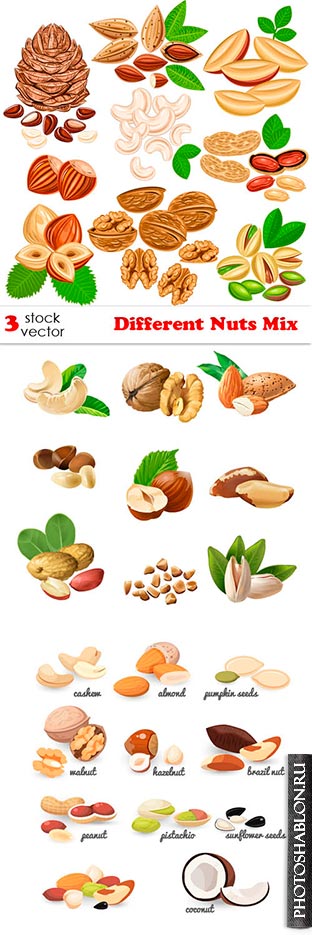
Векторный клипарт - Орехи / Vectors - Different Nuts Mix
3 AI+TIFF | 41.38 Mb
|

Векторный клипарт - Супергерои / Vectors - Different Superheroes 11
3 AI+TIFF | 41.32 Mb
|
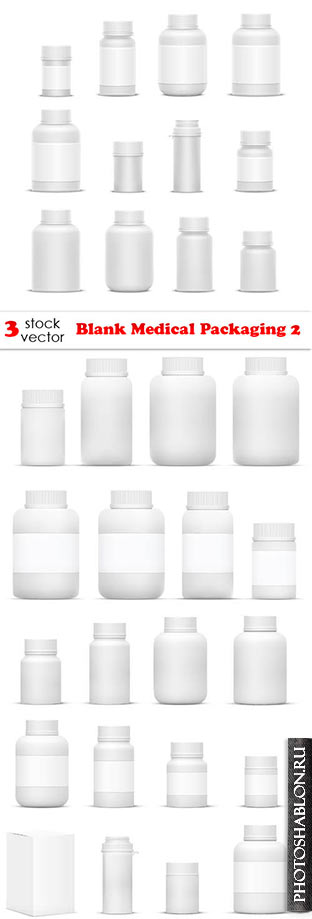
Vectors - Blank Medical Packaging 2
3 AI+TIFF | 67.98 Mb
|
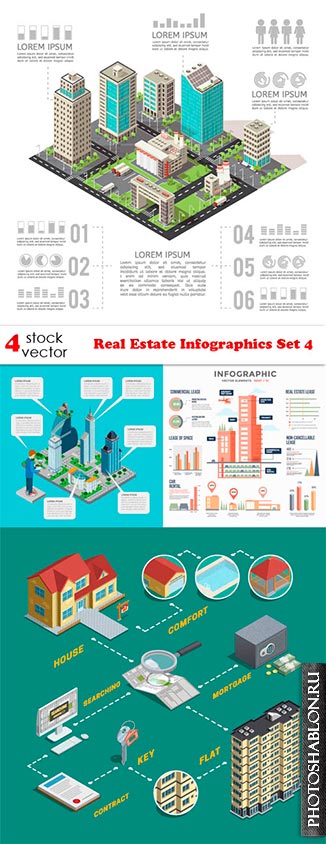
Vectors - Real Estate Infographics Set 4
4 AI+TIFF | 61.4 Mb
|
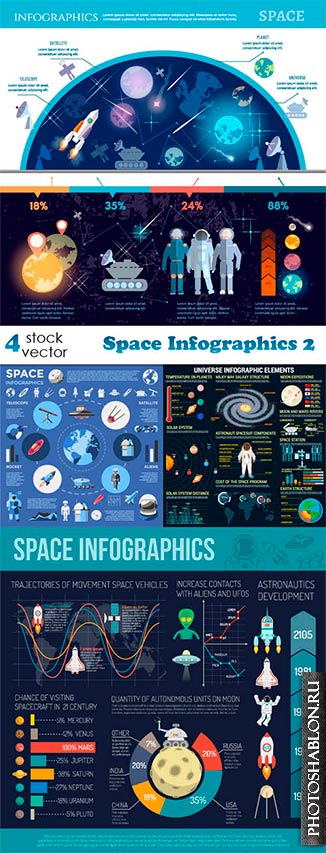
Инфографика - Космос / Vectors - Space Infographics 2
4 AI+TIFF | 92.57 Mb
|
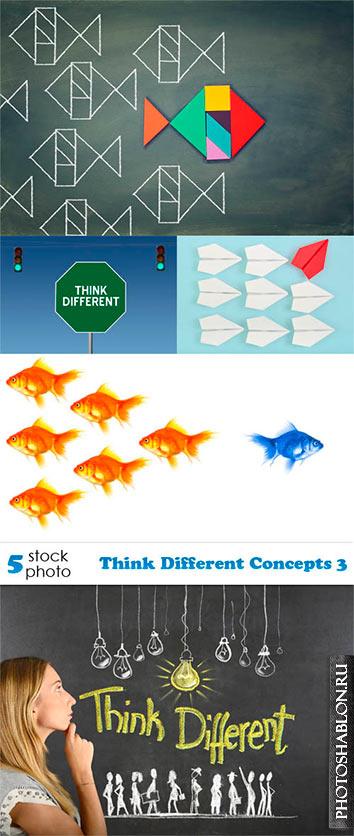
Photos - Think Different Concepts 3
5 pics | JPG | 7000x4667-9000x6391 | 75.97 Mb
|
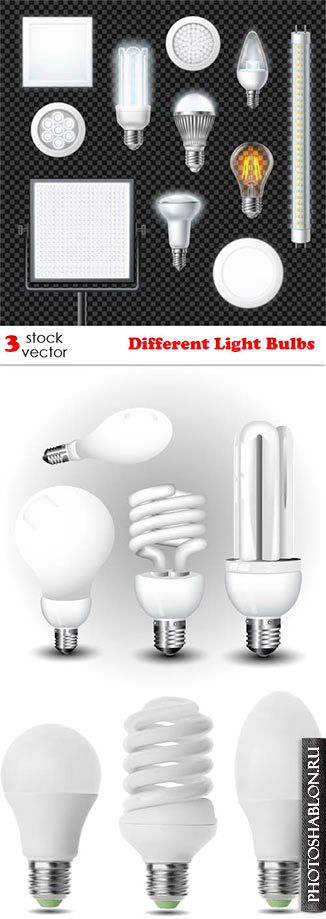
Vectors - Different Light Bulbs
3 AI+TIFF | 78.82 Mb
|

Vectors - Stylish Education Backgrounds 22
8 AI | +TIFF Preview | 76 MB
|
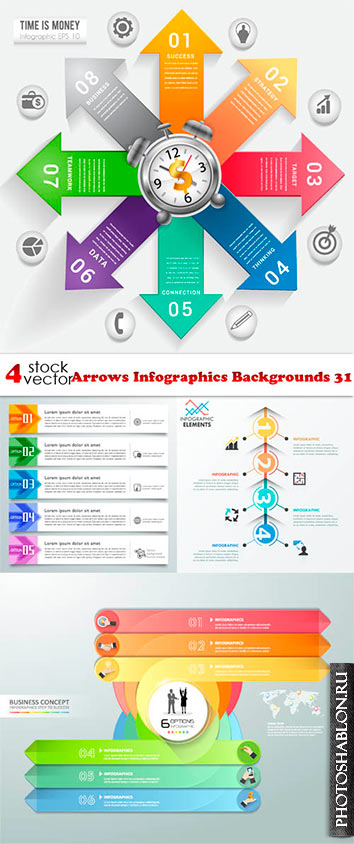
Vectors - Arrows Infographics Backgrounds 31
4 AI | +TIFF Preview | 81 MB
|
|
Векторная графика, в отличие от растровой, строится не на основе сетки пикселей, а на математическом описании геометрических объектов - линий, кривых, многоугольников. Это позволяет векторным изображениям масштабироваться до бесконечности без потери качества, оставаясь четкими и гладкими даже при многократном увеличении. Каждый элемент в векторном изображении - это независимый объект, который можно редактировать отдельно, изменяя его цвет, форму, размер, положение, и т.д. Это делает векторную графику идеальным выбором для создания логотипов, иллюстраций, шрифтов, и других изображений, где важна четкость и масштабируемость.
Одним из ключевых преимуществ векторной графики является её компактность. Поскольку векторные изображения описываются математическими формулами, а не информацией о каждом пикселе, файлы обычно значительно меньше по размеру, чем их растровые аналоги. Это особенно важно для веб-графики и анимации, где размер файла напрямую влияет на скорость загрузки страницы и производительность. Кроме того, векторные файлы легче редактировать и обновлять, поскольку изменение одного объекта не требует повторной обработки всего изображения, как в случае с растровой графикой.












